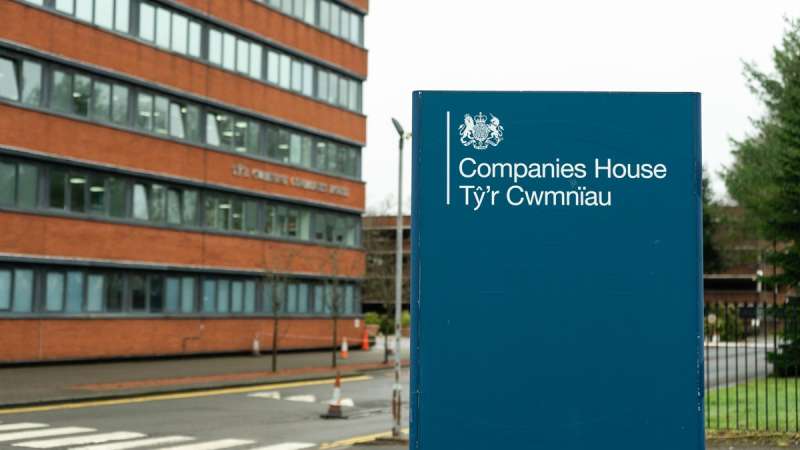A fixed charge is a security interest over specific assets, such as land or buildings.
If the company wants to sell or dispose of this asset, they will either have to seek the lender's permission or repay any outstanding debt to the lender to release the charge before the asset can be sold or disposed of.
Other obligations include keeping the charged asset in good condition and repair and insuring it against loss or damage.
If a default occurs, a fixed charge can be used to compel a sale of the charge asset.
A floating charge is a security interest over a shifting class of assets, such as stock or debtors, including future assets of that class.
A floating charge allows lenders to take security over the assets of a company without hindering the company's day-to-day business operations.
If the company becomes insolvent or ceases to trade, the floating charge becomes a fixed charge – a process called crystallisation.
The question of whether a charge over an asset is created as a fixed or floating charge is an important one as, crucially, upon the borrower's insolvency, the holder of a fixed charge will be paid from the proceeds of the sale of the assets subject to the fixed charge before all other creditors.
A floating charge holder, in contrast, is only paid after fixed charge holders and preferential creditors have been paid.
Prior to the recent High Court case of Re Avanti Communications Ltd (In Administration) [2023] EWHC 940 (Ch), case law suggested that if the borrower has any ability to deal with the charged assets, it must be a floating charge.








